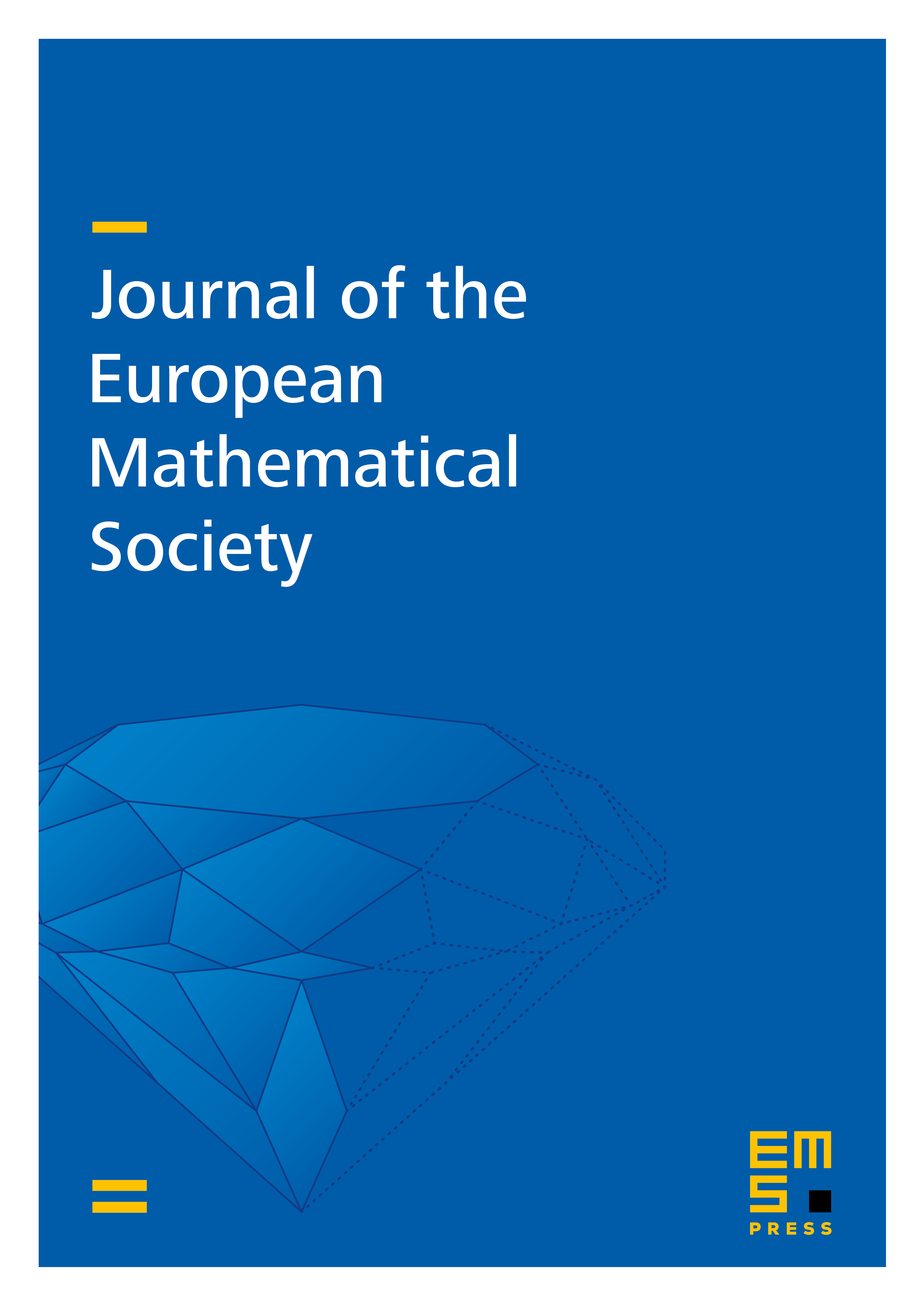Does Leray’s structure theorem withstand buoyancy-driven chemotaxis-fluid interaction?
Michael Winkler
Universität Paderborn, Germany

Abstract
In a smoothly bounded convex domain , we consider the chemotaxis-Navier–Stokes model
proposed by Goldstein et al. to describe pattern formation in populations of aerobic bacteria interacting with their liquid environment via transport and buoyancy. Known results have asserted that under appropriate regularity assumptions on and the initial data, a corresponding no-flux/no-flux/Dirichlet initial-boundary value problem is globally solvable in a framework of so-called weak energy solutions, and that any such solution eventually becomes smooth and classical.
Going beyond this, the present work focuses on the possible extent of unboundedness phenomena also on short timescales, and hence investigates in more detail the set of times in at which solutions may develop singularities. The main results in this direction reveal the existence of a global weak energy solution which coincides with a smooth function throughout , where denotes a countable union of open intervals which is such that . In particular, this indicates that a similar feature of the unperturbed Navie–Stokes equations, known as Leray’s structure theorem, persists even in the presence of the coupling to the attractive and hence potentially destabilizing cross-diffusive mechanism in the full system ().
Cite this article
Michael Winkler, Does Leray’s structure theorem withstand buoyancy-driven chemotaxis-fluid interaction?. J. Eur. Math. Soc. 25 (2023), no. 4, pp. 1423–1456
DOI 10.4171/JEMS/1226